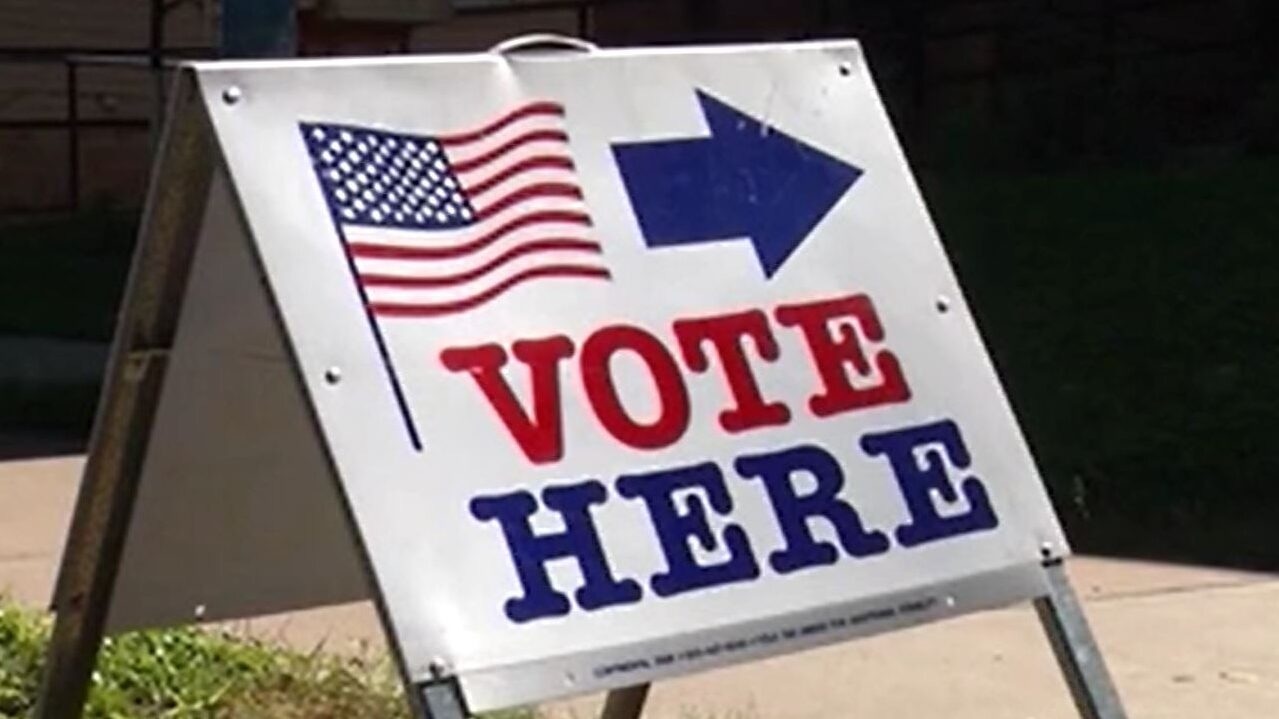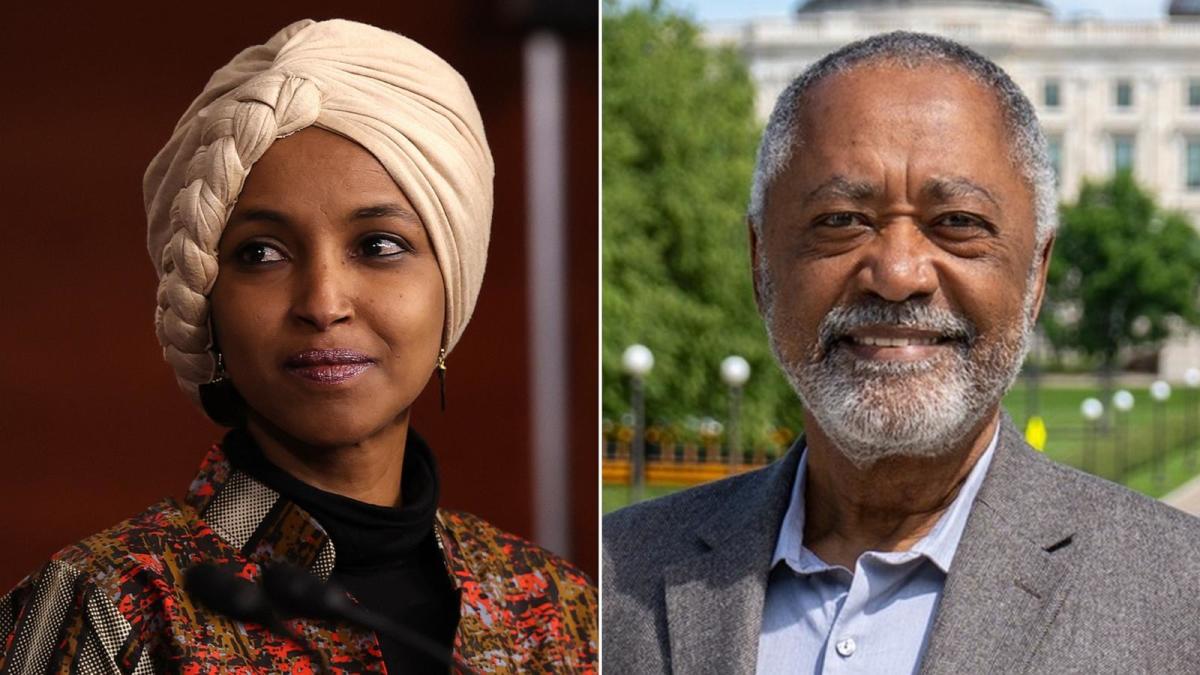Minnesota Primary Election History: Minnesota Primaries

Minnesota primary elections play a crucial role in the state’s political landscape, shaping the candidates who will compete in the general election. These elections offer voters a chance to express their preferences for various political offices, influencing the direction of the state’s political discourse and policy decisions.
Evolution of Primary Election Rules and Regulations
The evolution of primary election rules and regulations in Minnesota reflects the changing political dynamics and the need for greater transparency and accessibility in the electoral process.
- Early Years: In the early 20th century, Minnesota adopted a system of closed primaries, where only registered members of a particular party could vote in that party’s primary. This system aimed to ensure party loyalty and prevent cross-party voting.
- Open Primaries: In the 1970s, Minnesota transitioned to an open primary system, allowing voters to choose which party’s primary they wanted to participate in, regardless of their own party affiliation. This change aimed to increase voter participation and provide greater flexibility for voters.
- Top-Two Primary: In recent years, there has been growing discussion about adopting a top-two primary system, similar to what is used in California and Washington. This system would allow the top two candidates, regardless of party affiliation, to advance to the general election. Proponents argue that this system would foster more competitive elections and reduce the influence of partisan politics.
Comparison of Past Primary Election Outcomes with Current Trends
Analyzing past primary election outcomes in Minnesota reveals significant shifts in voter preferences and political alignments over time.
- Historical Trends: Historically, Minnesota has been known for its strong Democratic-Farmer-Labor (DFL) party, which has dominated state politics for decades. However, in recent years, there has been a rise in Republican support, particularly in rural areas. This shift has led to more competitive elections and a more polarized political landscape.
- Current Trends: Current trends suggest that voter turnout in primary elections has been declining, particularly among younger voters. This trend is attributed to factors such as voter apathy, lack of awareness about primary elections, and the perceived lack of impact of primary elections on the general election.
Key Historical Figures who have Participated in Minnesota Primary Elections
Throughout its history, Minnesota primary elections have witnessed the participation of prominent figures who have shaped the state’s political landscape.
- Hubert Humphrey: A prominent figure in the Democratic Party, Humphrey served as a U.S. Senator from Minnesota and as Vice President under President Lyndon B. Johnson. He participated in numerous primary elections, solidifying his position as a leading voice for liberal causes.
- Walter Mondale: Another influential Democrat, Mondale served as a U.S. Senator from Minnesota and as Vice President under President Jimmy Carter. He was also the Democratic nominee for President in 1984. His participation in Minnesota primary elections showcased his strong ties to the state and his commitment to progressive values.
- Jesse Ventura: A former professional wrestler, Ventura’s successful run for Governor of Minnesota in 1998 marked a significant shift in state politics. His independent candidacy challenged the traditional two-party system and reflected the growing discontent with established political institutions.
Timeline of Significant Events Related to Minnesota Primary Elections
A chronological timeline helps to understand the key milestones in the history of Minnesota primary elections.
- 1912: Minnesota adopts a closed primary system, restricting participation to registered members of a particular party.
- 1970s: Minnesota transitions to an open primary system, allowing voters to choose which party’s primary they want to participate in, regardless of their own party affiliation.
- 1998: Jesse Ventura, running as an independent candidate, wins the Governor’s race, marking a significant shift in Minnesota politics.
- 2010s: There is growing discussion about adopting a top-two primary system, which would allow the top two candidates, regardless of party affiliation, to advance to the general election.
Key Candidates and Their Platforms

The Minnesota primary elections feature a diverse field of candidates vying for the opportunity to represent their parties in the general election. Each candidate brings unique experiences and perspectives to the table, with their platforms addressing a range of critical issues facing the state.
Candidate Profiles and Platforms
The following sections provide detailed profiles of leading candidates in the Minnesota primary elections, highlighting their policy positions on key issues such as education, healthcare, and the economy.
Candidate A
Candidate A, a seasoned politician with a long history of public service, is running on a platform of fiscal responsibility and economic growth. Their key policy positions include:
- Education: Candidate A advocates for increased funding for public schools, emphasizing the need for early childhood education and support for STEM programs. They also support school choice initiatives, allowing parents to choose the best educational options for their children.
- Healthcare: Candidate A supports expanding access to affordable healthcare, emphasizing the need for cost-effective solutions. They propose increasing competition in the healthcare market and promoting preventative care to reduce healthcare costs.
- Economy: Candidate A prioritizes creating a business-friendly environment to attract investment and create jobs. They advocate for tax cuts for businesses and individuals, reducing regulations, and investing in infrastructure to stimulate economic growth.
Candidate A’s campaign strategy emphasizes their experience and proven track record in government. They are actively engaging with voters through town hall meetings, community events, and social media.
Candidate B
Candidate B, a newcomer to politics, is running on a platform of social justice and progressive change. Their key policy positions include:
- Education: Candidate B advocates for universal access to quality public education, emphasizing the need for increased funding and support for teachers. They also support policies aimed at addressing the achievement gap and ensuring equitable access to education for all students.
- Healthcare: Candidate B supports a single-payer healthcare system, believing it is the most effective way to ensure universal access to affordable healthcare. They also advocate for policies aimed at addressing the social determinants of health, such as poverty and access to healthy food.
- Economy: Candidate B prioritizes policies that promote economic fairness and opportunity for all. They advocate for raising the minimum wage, expanding access to affordable housing, and investing in renewable energy to create jobs and address climate change.
Candidate B’s campaign strategy focuses on mobilizing grassroots support and engaging young voters. They are using social media platforms and community organizing to reach out to voters and build a strong base of support.
Candidate C
Candidate C, a long-time advocate for environmental protection, is running on a platform of sustainability and climate action. Their key policy positions include:
- Education: Candidate C advocates for integrating environmental education into the curriculum, emphasizing the importance of teaching students about climate change and sustainable practices.
- Healthcare: Candidate C supports policies aimed at reducing the environmental impact of healthcare, such as promoting sustainable practices in hospitals and clinics.
- Economy: Candidate C prioritizes investing in renewable energy and green technologies to create jobs and reduce greenhouse gas emissions. They also advocate for policies that promote sustainable agriculture and conservation efforts.
Candidate C’s campaign strategy focuses on mobilizing environmental advocates and raising awareness about climate change. They are using social media and community events to connect with voters and build support for their platform.
Voter Demographics and Turnout
Minnesota primary elections often see lower voter turnout compared to general elections. Understanding the demographics of voters participating in primaries and the factors influencing turnout is crucial for analyzing the election’s outcome.
Key Demographics of Minnesota Primary Voters
Minnesota’s primary electorate generally skews towards older, more educated, and politically engaged citizens. This trend is evident in the demographics of past primary elections.
- Age: Voters aged 50 and above typically have higher turnout rates in Minnesota primaries. This is likely due to their higher levels of political awareness and engagement.
- Education: Individuals with higher levels of education tend to participate more actively in primaries. This correlation can be attributed to their greater understanding of political processes and issues.
- Party Affiliation: Minnesota’s primary elections are largely dominated by voters affiliated with the Democratic and Republican parties. Independent or unaffiliated voters often have lower participation rates.
Factors Influencing Voter Turnout
Several factors contribute to the overall turnout in Minnesota primary elections. These factors include:
- Competitiveness of the Races: High-profile races with strong contenders often attract more voter interest, leading to higher turnout. In contrast, races with uncontested candidates or less media attention tend to see lower turnout.
- Media Coverage and Public Interest: Increased media coverage and public interest in specific candidates or issues can encourage voter participation. Conversely, a lack of media attention or public engagement can lead to lower turnout.
- Voter Registration and Accessibility: The ease of voter registration and access to polling places can significantly impact turnout. Streamlined registration processes and convenient polling locations encourage voter participation.
- Weather Conditions: Inclement weather can discourage voters from participating, particularly in Minnesota’s unpredictable climate.
Comparison of Past Turnout to Current Projections
Past Minnesota primary elections have exhibited varying turnout rates. For instance, the 2018 primary saw a higher turnout compared to the 2014 primary, possibly due to increased media attention and the presence of high-profile candidates. Current projections suggest that the upcoming primary election may witness a similar turnout pattern to the 2018 election, based on the current level of public interest and media coverage.
Voter Demographics and Their Potential Impact
The following table summarizes key voter demographics and their potential impact on the upcoming primary election outcome:
| Demographic | Potential Impact |
|---|---|
| Older voters (50+) | Higher turnout, potentially favoring candidates with experience and established records. |
| Younger voters (18-34) | Lower turnout, but their participation could influence the outcome of close races. |
| Highly educated voters | Higher turnout, likely favoring candidates with strong policy positions and intellectual appeal. |
| Minority voters | Variable turnout, but their participation could be significant in specific districts or races. |
| Registered Democrats and Republicans | Dominate primary elections, influencing the outcome of party nominations. |
Visual Representation of Voter Turnout Trends, Minnesota primaries
A visual representation of voter turnout trends over time, such as a line graph or bar chart, would effectively illustrate the fluctuations in turnout rates across different primary elections. This visual aid could highlight periods of higher or lower turnout and identify potential contributing factors.
The Minnesota primaries are always a hot topic, with voters casting their ballots for the candidates they believe will best represent their interests. These primaries are just one step in the larger process of electing our leaders, and it’s important to understand how the results of these races can impact the overall election results.
The outcomes of the Minnesota primaries will shape the landscape of the upcoming general election, so it’s crucial to pay attention to the candidates and their platforms.
Minnesota’s primaries are always a fascinating event, offering a glimpse into the state’s political landscape. The results of these primaries, which you can find in detail at mn primary results , often provide valuable insights into the priorities and concerns of Minnesota voters.
These insights, in turn, shape the future of Minnesota politics, setting the stage for the general election and beyond.
